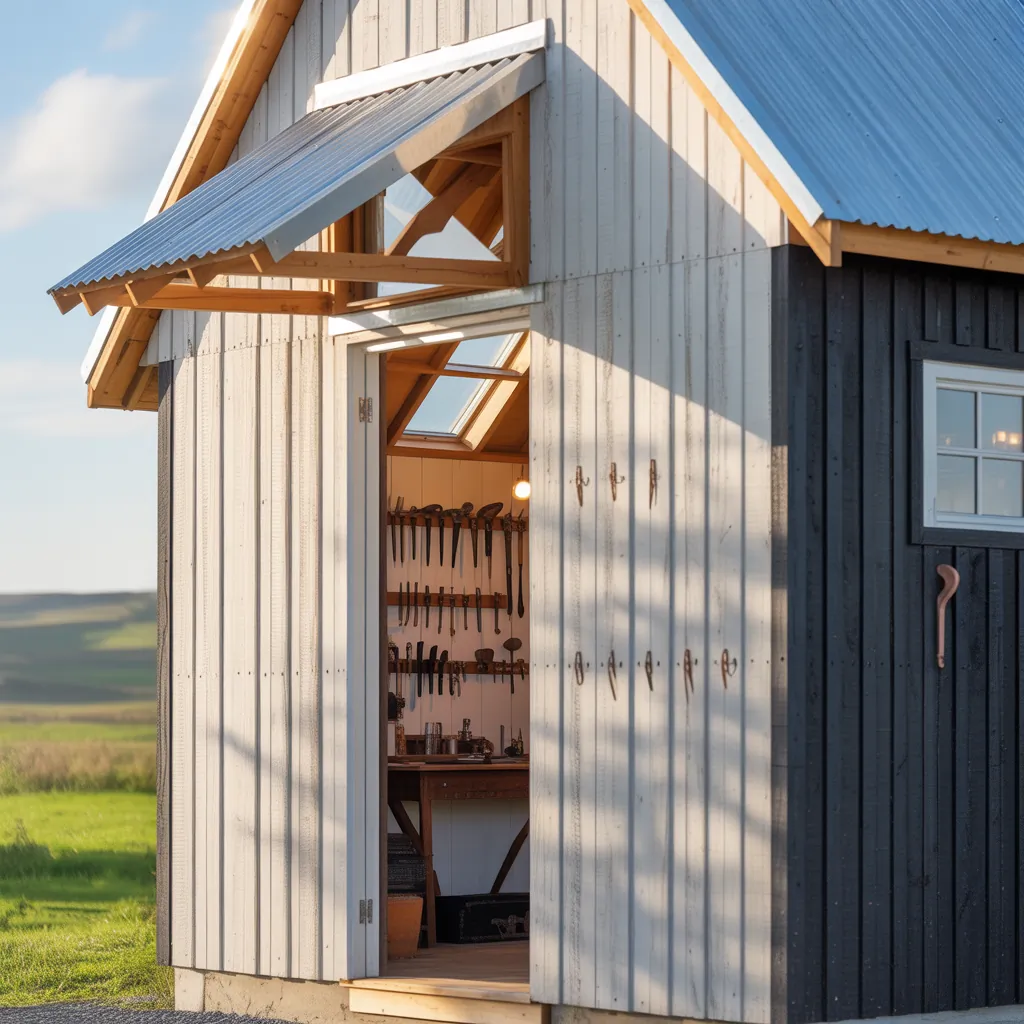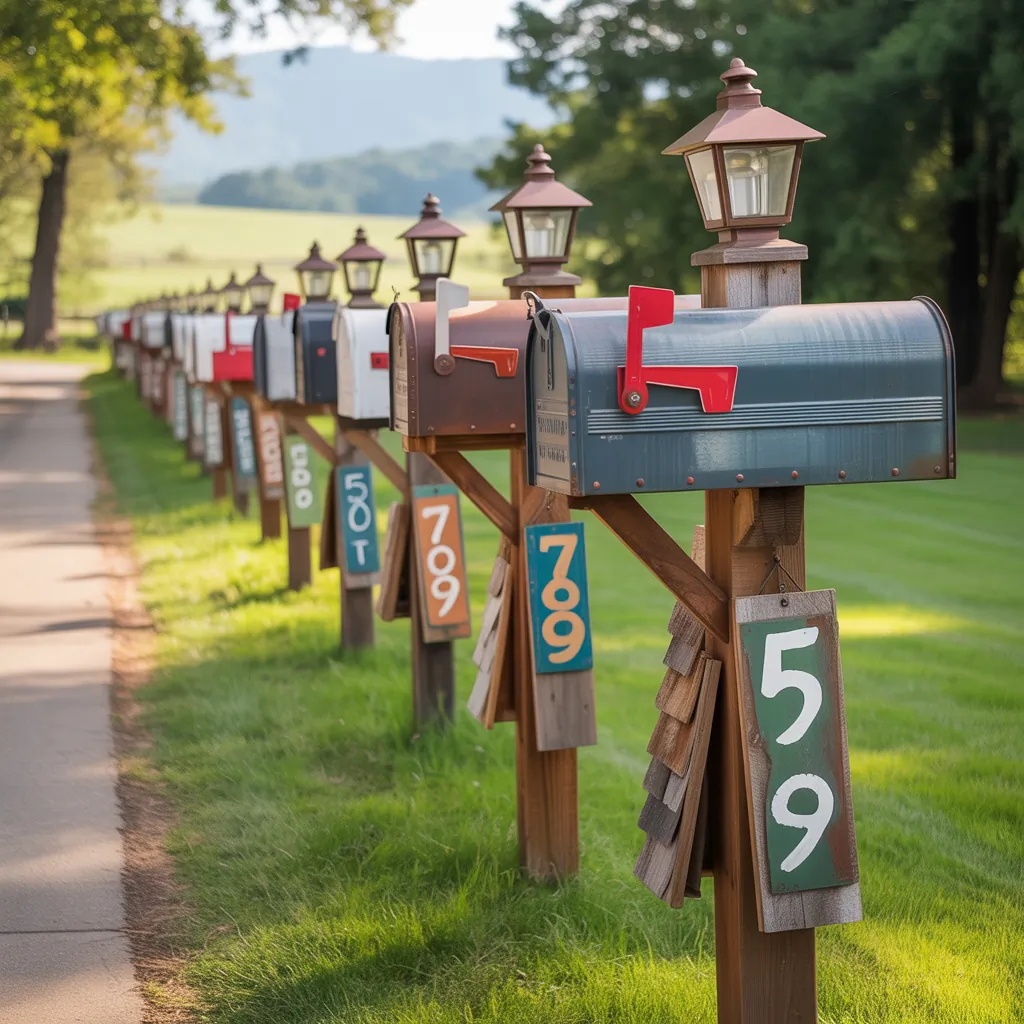Ever stood in your yard looking at a tired old barn or outbuilding and wondered how to bring it back to life without spending a fortune? Whether you’ve got a small backyard shed, a workshop, or a classic red barn, fresh siding can transform the whole property. If you’re searching for ideas barn siding that are practical, beautiful, and DIY-friendly, this guide gives you design inspiration, step-by-step tips, and real-world advice to start your next project confidently.
Why update your barn siding? (Design and function)
New barn cladding does more than look good. It protects the structure from weather, improves insulation and ventilation, and can increase property value. Modern barn siding materials also let you match farmhouse, rustic, or contemporary aesthetics—without compromising durability.
Common goals homeowners have
- Repair or replace rotted or damaged boards
- Improve water resistance and reduce drafts
- Update appearance for curb appeal or lifestyle use (studio, guest space)
- Use sustainable or reclaimed materials for character
Top ideas barn siding: material and style options
Below are practical materials and design directions that work well for barns, sheds, and outbuildings.
1. Board-and-batten (classic farmhouse)
Board-and-batten gives that quintessential barn look: wide vertical boards with narrower battens covering seams. It’s forgiving for DIY because it hides imperfect edges and allows for natural wood movement.
- Materials: cedar, pine, or engineered wood
- Looks: paint white for farmhouse or stain for rustic charm
- Tip: use pressure-treated furring strips over the sheathing for ventilation and a longer lifespan
2. Corrugated metal or steel panels (modern rustic)
Metal siding is durable, lightweight, and inexpensive to install. It’s a top choice for barns used as workshops because it resists pests and rot.
3. Reclaimed wood (authentic weathered character)
Using salvaged barn boards creates instant patina and history. Clean, de-nail, and seal reclaimed boards; consider a clear matte sealer to preserve character.
4. Horizontal lap or shiplap (clean lines)
Horizontal siding offers a more contemporary take on farm buildings. Use composite or engineered siding for low maintenance.
Practical DIY tips before you start
- Inspect structure: check framing, sheathing, and any rot. Replace damaged studs or sheathing before new siding goes on.
- Measure carefully: calculate square footage, add 10% for waste and mistakes.
- Check local codes: some areas require permits for large outbuildings or significant exterior changes.
- Gather tools: circular saw, nail gun or stainless/gav. screws, level, chalk line, safety gear.
- Plan ventilation: raked eaves, ridge vents, or gaps behind siding help moisture escape.
Step-by-step: Installing board-and-batten on a small barn
- Prepare surface: remove old siding, repair sheathing, install house wrap or breathable weather barrier.
- Install furring strips (optional but recommended) vertically to create an air gap for drainage.
- Attach wide boards vertically, leaving a small gap (1/8″–1/4″) for expansion. Fasten to studs with corrosion-resistant screws or nails.
- Cut battens and apply over seams, staggering joints for a clean look.
- Fill nail holes, sand, and prime (especially end grain) before painting or staining.
- Seal edges, corners, and around windows with exterior-grade caulk.
Time & cost expectations
Small barn (10×12): a weekend for two with basic tools. Material costs range widely—$500–$3,000—depending on wood species or metal choice. Plan extra time for prep and weather delays.
Design inspiration: color, trim, and accents
Color and small details can elevate any siding choice:
- Paint classic red with white trim for timeless charm.
- Go charcoal or deep green for a modern yet rustic look.
- Use black metal accents and matte black light fixtures for contrast.
- Add outdoor lighting, window boxes, or a cupola to enhance curb appeal.
Maintenance tips to extend longevity
Regular upkeep keeps siding looking and performing well:
- Inspect annually for leaks, damaged boards, and insect activity.
- Re-seal or repaint every 5–10 years depending on exposure and material.
- Trim plants away from siding to reduce moisture and mold growth.
Budget-friendly alternatives and upcycling ideas
If you want dramatic change without a big bill, try:
- Painting existing siding with a fresh color and adding trim accents.
- Installing reclaimed wood selectively as an accent wall rather than full replacement.
- Using composite panels that mimic wood grain but require less maintenance.
Frequently Asked Questions
Q1: What is the best siding for a barn that will be used as a workshop?
A: Metal siding (corrugated steel or aluminum) and engineered wood are top picks for workshops because they resist pests and rot. Metal requires less maintenance and is easy to clean, while engineered wood offers better insulation and a warmer aesthetic.
Q2: Can I install barn siding myself if I’m not experienced?
A: Yes—many siding projects are beginner-friendly if you start small, follow step-by-step instructions, and use the right tools. Board-and-batten and metal panels are often easier for DIYers. For large structures or complex roofing ties, consider hiring a pro for those stages.
Q3: How do I prevent water damage behind new siding?
A: Install a breathable weather barrier (house wrap) over the sheathing, add furring strips for a drainage gap, properly flash windows and doors, and seal seams. Good ventilation and correct flashing are essential to managing moisture.
Real-world advice from pros
Contractors say the single biggest mistake is skipping prep work. Replace rotten sheathing, install a proper weather barrier, and use corrosion-resistant fasteners. Another pro tip: buy an extra 10–15% of material—reclaimed and custom cuts mean surprises in the field.
Ready to turn that tired barn into a backyard centerpiece? Start by sketching a design, choosing one material style, and budgeting time for prep. If you want project ideas that pair well with new exterior finishes, check out our DIY projects page and browse home design ideas for complementary looks.
Conclusion: Take action on your ideas barn siding
Updating your barn siding is one of the most visible, high-impact improvements you can make to an outbuilding. Whether you prefer the warm character of reclaimed wood, the classic board-and-batten farmhouse style, or the low-maintenance strength of metal panels, there are affordable, DIY-friendly options to fit your skill level and aesthetic. Pick a style, gather materials, and try a small section first—then expand. If you’re ready to start now, head to our DIY projects hub for step-by-step help and tackle your siding transformation this season.



